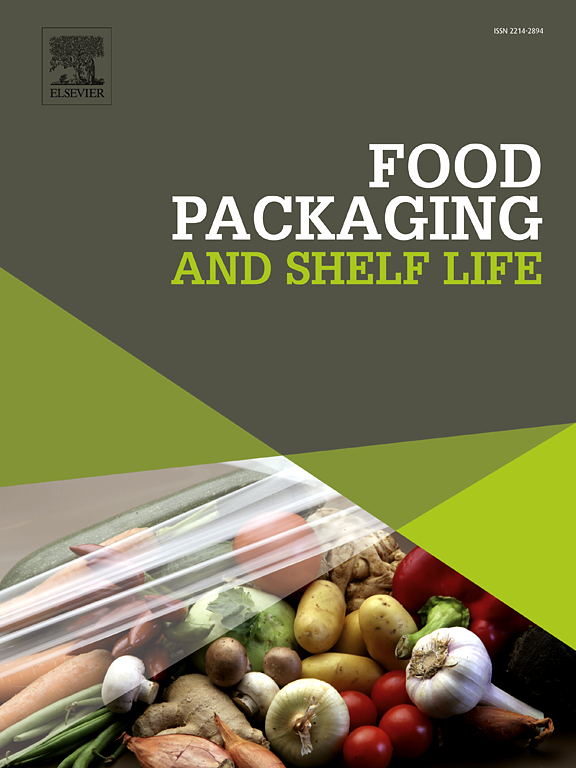Wine bottle overcapping wax: An aesthetic or functional element?
IF 8.5
1区 农林科学
Q1 FOOD SCIENCE & TECHNOLOGY
引用次数: 0
Abstract
Archaeological findings indicate that waxes and resins have been used for millennia as sealants to preserve bottled wine. Their use is largely linked to the belief that they limit the exposure of wine to oxygen. However, despite this historical use, the exact role of waxes and resins in limiting oxygen transfer has rarely been studied and even less so considering their ability to serve as overcapping materials to protect food and beverages. Hence, the present work investigated the effect of the presence of waxes/resins as overcapping materials and their impact on oxygen transfer through bottles corked with cork-based stoppers over a 1-year period of storage. The results demonstrated that waxes and resins have oxygen barrier properties which differ according to their chemical composition. For their application as overcapping materials, whatever the type of stopper considered, if the stopper has a lower permeability to oxygen than the wax and a surface treatment that effectively limits the transfer at the glass/cork interface, the wax will play a more aesthetic than functional role.
葡萄酒瓶盖蜡:美观还是实用?
考古发现表明,数千年来,人们一直使用蜡和树脂作为密封剂来保存瓶装葡萄酒。使用它们主要是因为人们相信它们可以限制葡萄酒与氧气的接触。然而,尽管蜡和树脂的使用历史悠久,但它们在限制氧气转移方面的确切作用却很少被研究,考虑到它们可以用作保护食品和饮料的盖子材料,研究就更少了。因此,本研究调查了蜡/树脂作为瓶盖材料的存在效果,以及它们对使用软木塞的瓶子在 1 年储存期内氧气传输的影响。研究结果表明,蜡和树脂具有阻隔氧气的特性,其化学成分不同,阻隔性也不同。无论使用哪种瓶塞,如果瓶塞的氧气渗透性比蜡低,而且表面处理能有效限制玻璃/软木塞界面的氧气传输,那么蜡作为瓶盖材料的美观作用就会大于功能作用。
本文章由计算机程序翻译,如有差异,请以英文原文为准。
求助全文
约1分钟内获得全文
求助全文
来源期刊

Food Packaging and Shelf Life
Agricultural and Biological Sciences-Food Science
CiteScore
14.00
自引率
8.80%
发文量
214
审稿时长
70 days
期刊介绍:
Food packaging is crucial for preserving food integrity throughout the distribution chain. It safeguards against contamination by physical, chemical, and biological agents, ensuring the safety and quality of processed foods. The evolution of novel food packaging, including modified atmosphere and active packaging, has extended shelf life, enhancing convenience for consumers. Shelf life, the duration a perishable item remains suitable for sale, use, or consumption, is intricately linked with food packaging, emphasizing its role in maintaining product quality and safety.
 求助内容:
求助内容: 应助结果提醒方式:
应助结果提醒方式:


